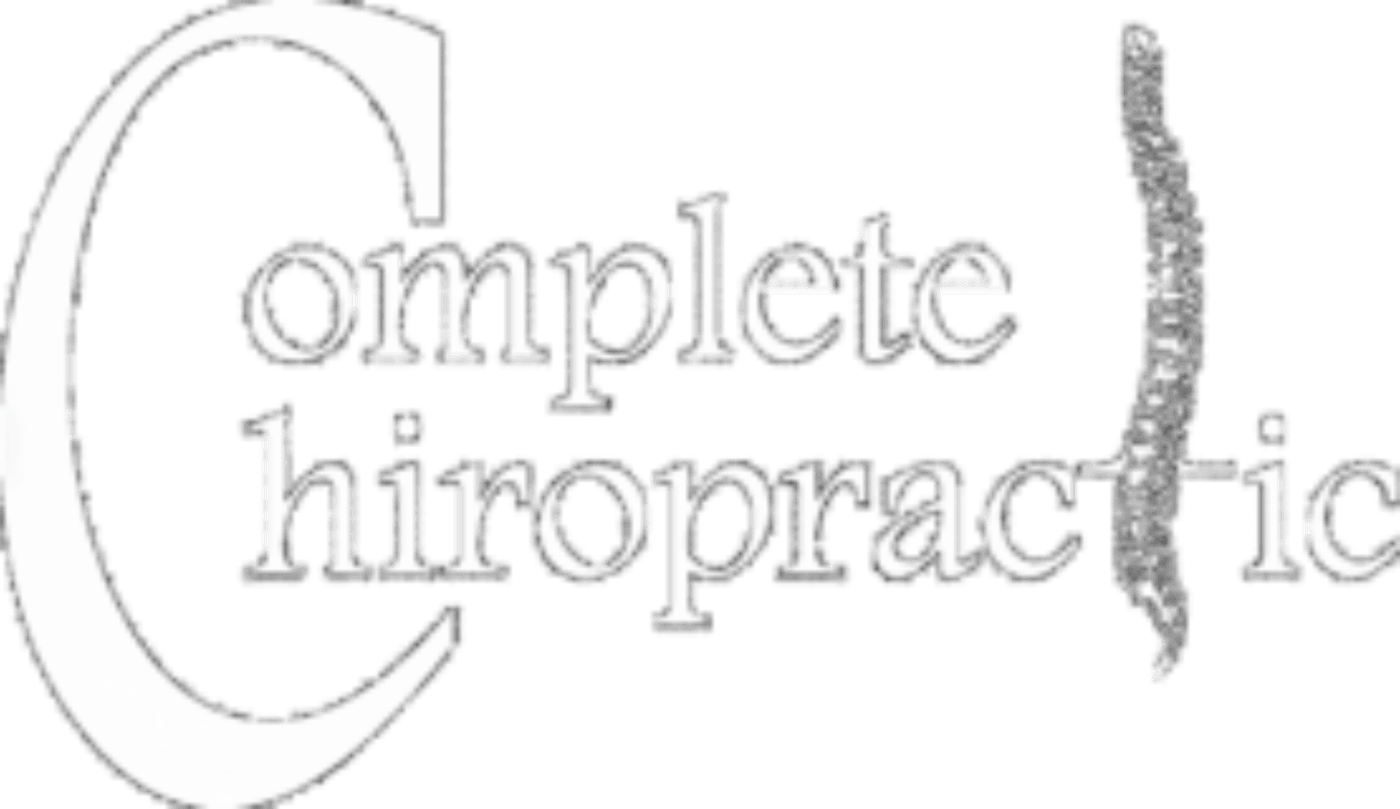Chronic pain is costing Americans as much as $635 billion each year, according to a new study out of John Hopkins. This includes medical costs and lost work time. This averages out to more then $2,000 a year to each American including infants and children. The study, published in the Journal of Pain, found average health care costs for adults were $4,475. People suffering from moderate pain paid $4,516 more in health care costs than those without pain, the researchers said. Patients with severe pain spent $3,210 more than people with only moderate pain. Costs were also $4,048 higher for those with joint pain, $5,838 higher for people with arthritis… Read More
Continue ReadingBabywalkers
Approximately 50% of infants will use some form of a baby walker. Many parents think baby walkers are a blessing, but research is saying the opposite. Possible Delayed Motor Development Research has shown that baby walkers delay the motor development of infants. Many different studies have shown that children who use walkers, sat, crawled and walked later than their peers who didn’t use walkers. Most walkers contain a large tray in the front which inhibits the infant from seeing their legs and feet as they move. This deprives the baby of the visual feedback that helps them learn to move through space. Also, as babies learn to walk, they… Read More
Continue ReadingCore Stabilization vs Strength
There is a lot of articles out there on how to build core strength to prevent back pain. For me the vast majority needs to be working on core stabilization vs just strength. I have seen a ton of guys at the gym that do massive amounts of situps and crunches but still complain about back pain. The problem is 3-fold. The core is made up of a lot more than just the 6-pack (rectus abdominus). There is the obliques and transverse ab muscles, the low back extenders (QL and paraspinals) and the gluteal muscles. They are addressing only 1. They are working the muscle primarily for strength when… Read More
Continue ReadingThe Hip Hinge: 1 of the most important exercises you aren’t doing
Whether you are an athlete or just someone with back pain, the hip hinge is an exercise you should be doing. We have all heard the phrase “Lift with your legs and not with your back.”, this is easier said that done. Most people make the hinge point in the low back and not the hips. This puts too much stress on the low back and can lead to injury. As children we knew the pattern but for various reasons we lost it. My personal opinion is it is because we sit too much. Sitting deactivates the core and by sitting and having pressure on the glutes that deactivates them… Read More
Continue ReadingFoam Rollers: How can they help me?
Foam-rolling has been around for awhile but has gained popularity. We recommend foam-rolling for a lot of our patients. It is a great way to work out tightness in the muscles and fascia (connective tissue around the muscles. Foam Rollers: What Are They and How Can They Help Me? As foam rollers are becoming more popular among athletes, in gyms and in rehabilitation centers, many people are asking what are these things and how do I use it? A foam roller is a hard foam log which is usually 6 inches in diameter. You can get different lengths of foam rollers depending on your needs. They are used for working… Read More
Continue Reading